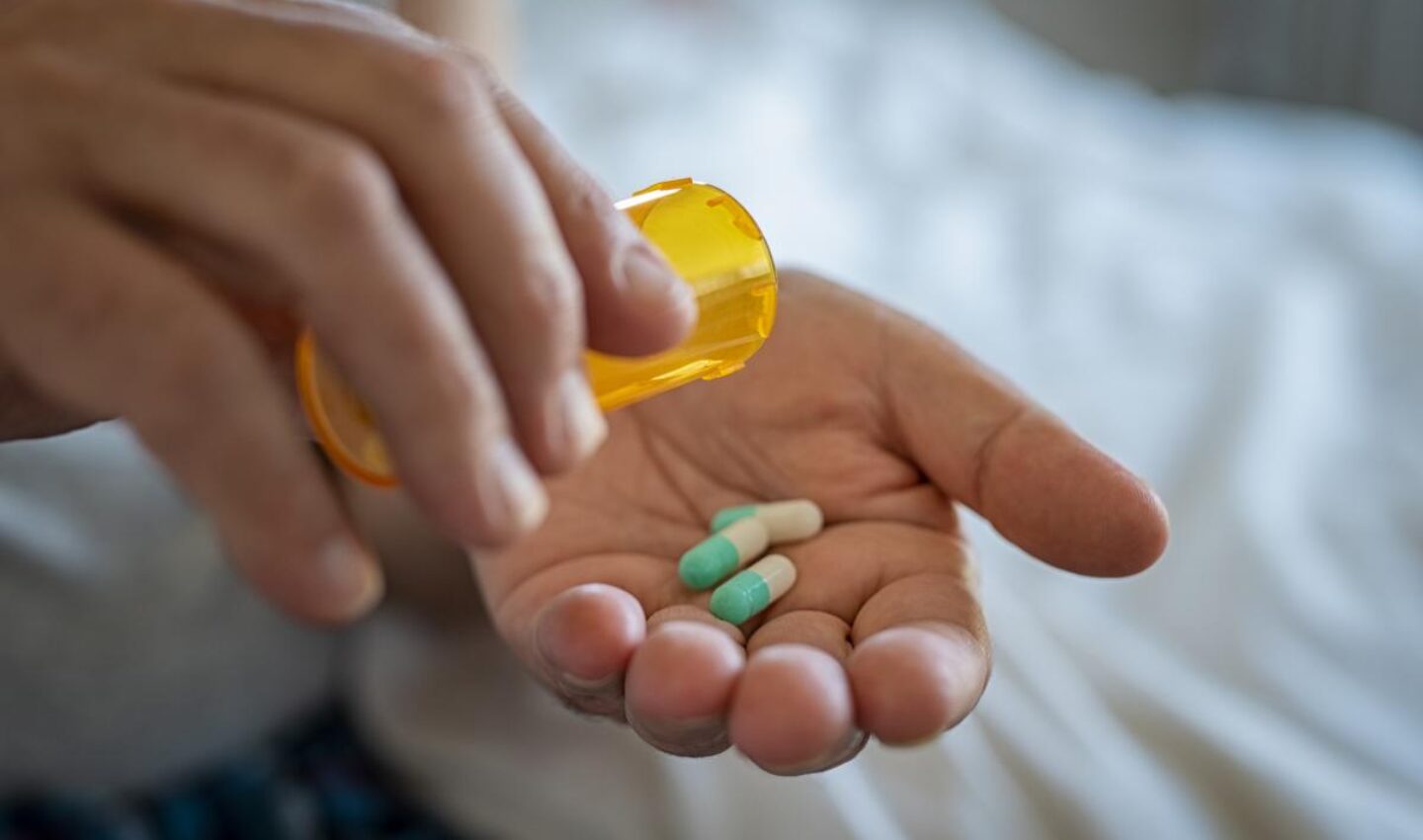Unlike many costly speciality medications and gene therapies requiring diligent financial forecasting, antidepressants do not fit the typical description of a “high-cost” drug class. However, because depressive disorders affect millions of Americans, high medical and non-medical costs occur. According to a 2018 SAMHSA survey, 17.7 million adults experienced at least one major depressive episode the previous year.1 Although there are many existing treatment options, up to 50% of patients do not adequately respond to treatment.2
Until recently, antidepressant medication options were quite limited in terms of mechanism of action, with drugs primarily targeting monoamines such as serotonin. Standard therapeutic options, such as selective serotonin reuptake inhibitors (SSRIs), are typically low-cost and available as generics. Unfortunately, newer agents at higher price points have done little to expand the range of therapeutic alternatives for those who don’t respond.
Recent Novel Developments
Despite the lack of scientific advancements since the first SSRI hit the market in the late 1980s, novel antidepressants are beginning to see the light of day. Recent FDA-approvals have targeted hard-to-treat types of depression, such as the GABAA receptor modulator Zulresso® (brexanolone) for postpartum depression, and the N-methyl-D-aspartate (NMDA) modulator Spravato® (esketamine) for treatment-resistant depression. Both agents came to market in 2019.
Brexanolone introduces a novel class of antidepressants that mimics allopregnanolone, a steroid hormone with neuroactivity. It is currently FDA-approved based for postpartum depression and is being explored further in phase III trials for the treatment of major depressive disorder, bipolar depression, and treatment-resistant depression.3 In addition, the recent approval of intranasal esketamine introduced another new mechanism of action: targeting the NMDA receptor system, which is being explored further in anticipated therapies.
Anticipated Therapies
Aside from developing novel mechanisms, drug developers are getting creative by combining existing antidepressants with other chemical entities to build off the benefits of current therapies. For example, one investigational agent uniquely combines a traditional antidepressant with a long-time cough suppressant for its NMDA receptor activity. This agent, AXS-05, has shown promise in improving results compared to monotherapy in phase III trials.4
Possibly the most streamlined approach being taken by drug developers is utilizing existing therapies for other indications and exploring their effectiveness for treating depression. For example, the antipsychotics cariprazine and pimavanserin are being studied in phase III trials for adjunctive therapy in major depressive disorder (MDD).5 An additional mechanism of action tied to the orexin receptor system is being explored in earlier-stage trials. This approach takes an existing treatment option for insomnia and tailors it specifically for the treatment of MDD.6
Taking creativity and ingenuity a step further, entities classically known as psychedelics are being explored for their antidepressant effects. Most notably, the serotonergic and glutaminergic properties of the hallucinogen psilocybin have been studied in small clinical trials of patients with MDD.7
Looking Forward
Given the number of novel therapies under investigation, the future of antidepressant development is encouraging; however, recent challenges with finding novel mechanisms that translate to efficacious and safe treatment options provide pause. Recent therapies with promising futures, such as ALKS-5461 and rapastinel, have either failed to achieve clinical efficacy in phase III studies or did not provide sufficient evidence of efficacy for FDA-approval.8,9
With depressive disorders impacting a critical and growing number of individuals in the U.S., drug developers are working hard to expand the therapeutic toolbox by exploring novel mechanisms of action. With this trend, the introduction of novel mechanisms and high-cost, branded therapies in a generic-dominated class highlights the importance of proactive pipeline monitoring and comprehensive clinical and economic assessment of upcoming therapies. Implementing appropriate management strategies will be critical in ensuring first-line options are utilized appropriately, novel agents reach the right patients, and anticipated costs of therapy are mitigated effectively.
*************
- Substance Abuse and Mental Health Services Administration. (2018). Key substance use and mental health indicators in the United States: Results from the 2018 National Survey on Drug Use and Health. Rockville, MD: Center for Behavioral Health Statistics and Quality, Substance Abuse and Mental Health Services Administration. Retrieved from https://www.samhsa.gov/data/.
- Hillhouse TM, Porter JH. A brief history of the development of antidepressant drugs: From monoamines to glutamate. Exp Clin Psychopharmacol. 2015 Feb; 23(1): 1–21.
- Sage Therapeutics Announces Positive Interim, Topline Zuranolone Safety and Tolerability Data from Open-Label SHORELINE Study in Patients with MDD [press release on the internet]. Cambridge (MA): Sage Therapeutics; 2020 Oct 15 [cited 2021 Jan 15].
- Axsome Therapeutics Announces Positive Results from the COMET-SI Trial of AXS-05 in Patients with Major Depressive Disorder Who Have Suicidal Ideation [press release on the internet]. New York (NY): Axsome Therapeutics, Inc.; 2020 Dec 8 [cited 2021 Jan 15].
- ACADIA Pharmaceuticals Initiates Phase 3 CLARITY Program with Pimavanserin as Adjunctive Treatment for Major Depressive Disorder [press release on the internet]. San Diego (CA): Acadia Pharmaceuticals. 2019 Apr 25 [cited 2021 Jan 15].
- Minerva Neurosciences Announces Positive Top Line Results in Phase 2b Clinical Trial With Seltorexant (MIN-202) in Treatment of Depressed Patients With an Inadequate Response to SSRIs andSNRIs [press release on the internet]. Waltham (MA): Minerva Neurosciences, Inc. 2019 May 13 [cited 2021 Jan 15].
- Davis AK, Barrett FS, May DG, Cosimano MP, Sepeda ND, Johnson MW, et al. Effects of Psilocybin-Assisted Therapy on Major Depressive Disorder: A Randomized Clinical Trial. JAMA Psychiatry. 2020 Nov 4;e203285. doi: 10.1001/jamapsychiatry.2020.3285.
- Alkermes Receives Complete Response Letter from U.S. Food and Drug Administration for ALKS 5461 New Drug Application [press release on the internet]. Dublin (Ireland): Alkermes. 2019 Feb 1 [cited cited 2021 Jan 15].
- Allergan Announces Phase 3 Results for Rapastinel as an Adjunctive Treatment of Major Depressive Disorder (MDD) [press release on the internet]. Dublin (Ireland): Allergan. 2019 Mar 6 [cited 2021 Jan 15].


